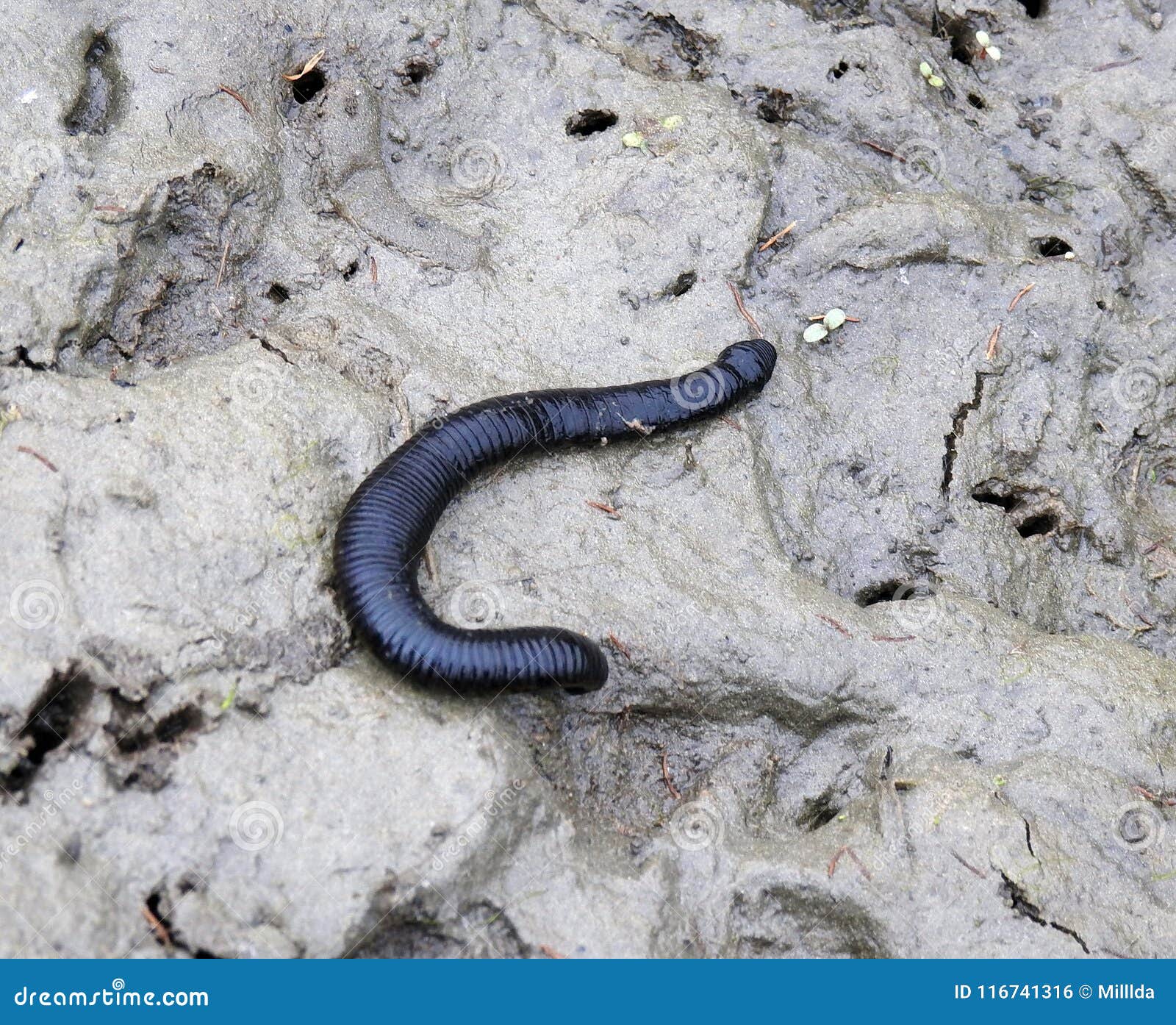

Not all leeches feed on blood the Erpobdelliformes, freshwater or amphibious, are carnivorous and equipped with a relatively large, toothless mouth to ingest insect larvae, molluscs, and other annelid worms, which are swallowed whole. A distinctive family is the Piscicolidae, marine or freshwater ectoparasites chiefly of fish, with cylindrical bodies and usually well-marked, bell-shaped, anterior suckers.

The terrestrial Haemadipsidae are mostly native to the tropics and subtropics, while the aquatic Hirudinidae have a wider global range both of these feed largely on mammals, including humans. Among the freshwater leeches are the Glossiphoniidae, dorso-ventrally flattened animals mostly parasitic on vertebrates such as turtles, and unique among annelids in both brooding their eggs and carrying their young on the underside of their bodies. Some species aestivate during droughts, burying themselves in the sediment, and can lose up to 90% of their bodyweight and still survive. In their preferred habitats, they may occur in very high densities in a favourable environment with water high in organic pollutants, over 10,000 individuals were recorded per square metre (over 930 per square foot) under rocks in Illinois. The majority of freshwater leeches are found in the shallow, vegetated areas on the edges of ponds, lakes and slow-moving streams very few species tolerate fast-flowing water. Except for Antarctica, leeches are found throughout the world but are at their most abundant in temperate lakes and ponds in the northern hemisphere. Among Euhirudinea, the true leeches, the smallest is about 1 cm ( 1⁄ 2 in) long, and the largest is the giant Amazonian leech, Haementeria ghilianii, which can reach 30 cm (12 in). Some 680 species of leech have been described, of which around 100 are marine, 480 freshwater and the remainder terrestrial. The ventral face (right) shows many young leeches. Placobdelloides siamensis, a parasite of turtles in Thailand. The term "leech" is used to characterise a person who takes without giving, living at the expense of others. The leech appears in the biblical Book of Proverbs as an archetype of insatiable greed. In modern times, leeches find medical use in treatment of joint diseases such as epicondylitis and osteoarthritis, extremity vein diseases, and in microsurgery, while hirudin is used as an anticoagulant drug to treat blood-clotting disorders. Leeches have been used in medicine from ancient times until the 19th century to draw blood from patients. Almost seven hundred species of leech are currently recognised, of which some hundred are marine, ninety terrestrial and the remainder freshwater. In terrestrial species, the cocoon is often concealed under a log, in a crevice or buried in damp soil. The eggs are enclosed in a cocoon, which in aquatic species is usually attached to an underwater surface members of one family, Glossiphoniidae, exhibit parental care, the eggs being brooded by the parent. A minority of leech species are predatory, mostly preying on small invertebrates.
#LEECH ANIMAL SKIN#
The jaws used to pierce the skin are replaced in other species by a proboscis which is pushed into the skin. The best-known species, such as the medicinal leech, Hirudo medicinalis, are hematophagous, attaching themselves to a host with a sucker and feeding on blood, having first secreted the peptide hirudin to prevent the blood from clotting. The majority of leeches live in freshwater habitats, while some species can be found in terrestrial or marine environments. The body is muscular and relatively solid, and the coelom, the spacious body cavity found in other annelids, is reduced to small channels. Both groups are hermaphrodites and have a clitellum, but leeches typically differ from the oligochaetes in having suckers at both ends and in having ring markings that do not correspond with their internal segmentation. They are closely related to the oligochaetes, which include the earthworm, and like them have soft, muscular segmented bodies that can lengthen and contract. Leeches are segmented parasitic or predatory worms that comprise the subclass Hirudinea within the phylum Annelida.


 0 kommentar(er)
0 kommentar(er)
